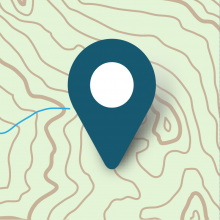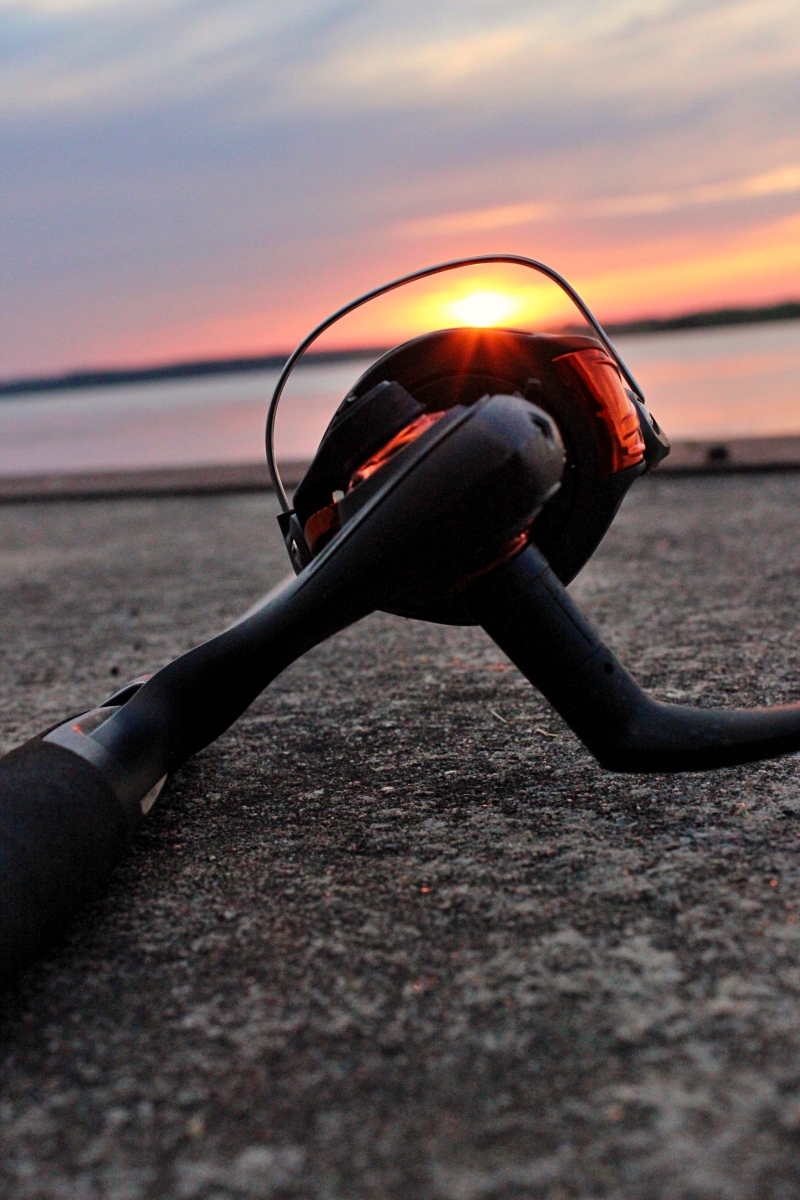
Reel in the Summer Fun with Fishing!
Reel in the summer fun with summer fishing!
Ah, summer, the days are brighter, the sun is sunnier, and the warm weather is just begging you to go outside. But so often we fail to meet this call, and frequently that begins with running out of ideas. You’ve taken a stroll around town, rode your bike on the trails, and even visited the park for some light hiking. Yet still after all that, you look at the calendar and realize summer has just begun, and you've already crossed every activity off the list.
Well, fret not, for I’m here to propose a perfect summer activity that anyone can enjoy, fishing! I’m sure this comes as no surprise to anyone who lives in the North Country, but we have quite a lot of water with 141 square miles (or about 5% of the county's land area) being taken up by water. All too often overlooked is the plethora of fish that inhabit these waters.
Whether you’re looking to spend a day canoeing on an Adirondack pond, or cruising the shore of the St. Lawrence River, why not bring a rod and reel along and see what you can catch? If you know nothing about fishing, don't worry, this blog will be a helpful place to learn a little bit about some popular fish species and simple strategies to catch them!
First things first, you’re going to want to pick up a fishing license from the DEC. This acts exactly like a hunting license and allows you to legally fish in New York, and is only needed if you are older than 16. You can pick one up at a designated license-issuing location, or online. If you buy yours online, I highly recommend you check out the NY DEC page. It contains all of the information on fishing regulations and tons of other helpful guides..
With that in hand, all you need is a fishing rod and a handful of lures and you’ll be catching fish in no time! What fish will you be catching exactly? Let's find out.
Largemouth Bass
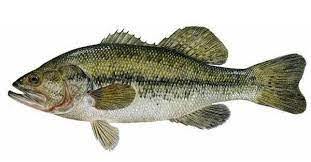
The Largemouth Bass is a staple fish in this region and much of the Eastern United States. A medium-sized fish, averaging about 16 inches in length, this fish has a reputation amongst anglers for its strong fight once snagged. These fish prefer large stagnant bodies of water such as lakes, ponds, and bays, or eddys in rivers. They particularly like areas with underwater vegetation, often in shallower water, shoals, or ridges. These guys are predatory, so if you want to reel one in, use lures like spinners, fake worms, or live bait.
Smallmouth Bass
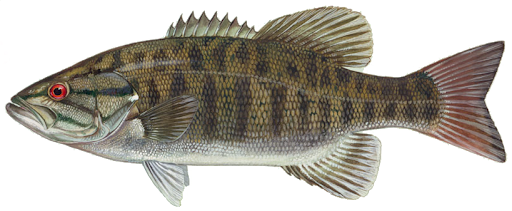
Being around the same size and weight as their cousin, the aforementioned Largemouth Bass, their name might convince you this fish is the meeker of the two. But make no mistake, this predator knows how to put up a fight and make you earn your catch! Unlike the Largemouth, the Smallmouth Bass prefers clearer and faster-moving waters such as the rocky and sandy bed of the St. Lawrence. They also prefer colder water and will migrate to deeper depths in the warmer summer months. If you want to try your luck reeling in one of these fighters, best to use a jig or spinner at deeper depths, while spinners and live bait will suffice in shallower waters.
Northern Pike
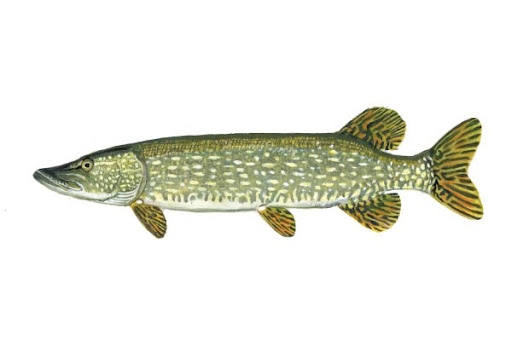
The Northern Pike is a bit bigger than our Bass friends, averaging 16-22 inches in length. They inhabit environments from weedy and shallow, to clear and rocky. However, they do prefer areas with vegetation as it is necessary for spawning (laying eggs). They are excellent ambush predators and have a nasty reputation for eating other Pike when prey is scarce. On hot summer days, Pike will typically be closer to shore hiding among the shallow vegetation. In the early summer when the Pike are closer to shore, any spinners do just fine and if you’re looking for female Pike who like to slink away to deeper waters, trolling is a good method.
Walleye
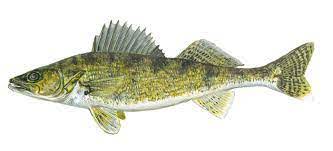
Finally, let’s look at the Walleye, or Yellow Pike. Growing much longer at 31 inches on average, these fish are a staple for any angler, both novice and experienced. These fish have adapted to hunting for prey in low light conditions so your best chance to hook one is at dusk or dawn, on overcast days, when the water is rough, or even at night. During the spring they prefer the shallows where they spawn, and as the temperature ramps up they will move to deeper waters. Trolling, jigging, and using live bait can prove fruitful if you want to catch a Walleye this summer.
I hope this small introduction to the aquatic world of the North Country will inspire you to hop in a canoe or sit on a dock and break out the ‘ol rod and reel this summer. And if you do, don't forget to bring the most important piece of tackle: some good buddies to fish with you.

